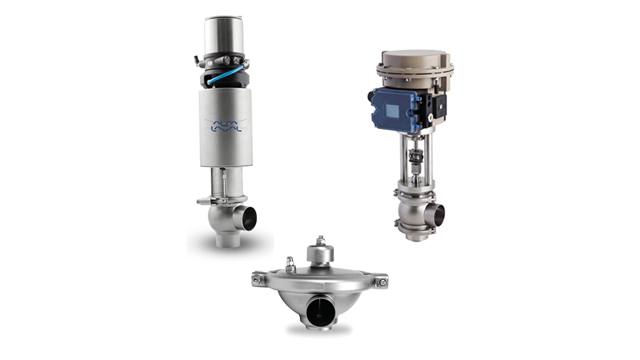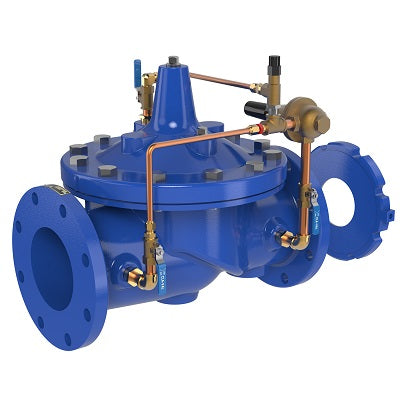
Maximize Power Financial Savings and Comfort With Advanced Structure Automation Controls
In the realm of contemporary style and facility monitoring, the integration of sophisticated structure automation manages stands as a crucial innovation. By utilizing the power of automation, structures can adapt, respond, and progress in means that were once unbelievable.
Power Efficiency Perks
Power efficiency benefits can dramatically reduce energy usage and functional costs in buildings. By applying energy-efficient practices and innovations, structure proprietors and operators can accomplish significant savings while likewise adding to environmental sustainability. One of the key advantages of improving energy effectiveness in structures is the reduction of utility expenses. Energy-efficient systems, such as advanced building automation controls, can maximize using resources like cooling, illumination, and home heating, bring about reduced power costs in time.
Additionally, boosted power effectiveness can prolong the lifespan of structure devices and systems. By operating a lot more effectively, heating and cooling systems, light, and other structure parts experience much less damage, causing decreased maintenance and replacement expenses. In addition, energy-efficient buildings frequently regulate greater building values and rental rates, providing long-lasting economic benefits to owners.
Furthermore, power effectiveness can boost resident convenience and productivity. Correctly regulated interior settings with optimal illumination and thermal problems create a more conducive and pleasurable work space, resulting in enhanced staff member complete satisfaction and efficiency. Overall, the energy effectiveness advantages linked with innovative building automation controls are multifaceted, including price savings, ecological stewardship, and owner well-being.
Enhanced Comfort Control
Enhancing convenience control in structure environments calls for an innovative integration of innovative automation systems for optimum occupant health. By utilizing innovative building automation controls, facilities can tailor the interior atmosphere to meet the particular needs and choices of owners. control valves.
Enhanced comfort control goes past fundamental temperature modifications. It includes features such as customized setups, tenancy sensors, and all-natural light use to create a vibrant and responsive setting. By integrating these advanced controls, structures can not only improve comfort yet additionally enhance energy efficiency by optimizing system procedures based on actual tenancy and use patterns. Ultimately, prioritizing owner comfort through sophisticated automation systems results in an extra delightful and healthier indoor setting.
Functional Efficiency Improvements

Furthermore, the implementation of real-time monitoring and analytics tools enables structure operators to identify power inefficiencies and functional anomalies promptly. By continually monitoring energy usage patterns and system efficiency metrics, adjustments can be made in real-time to maximize energy usage and make sure peak operational effectiveness. control valves. In addition, incorporating need reaction strategies right into structure automation controls can even more boost functional performance by dynamically adjusting energy use based upon grid problems and rates signals
Indoor Climate Optimization
Reliable indoor climate optimization is an essential facet of structure automation controls, guaranteeing owners' convenience and health while optimizing energy savings. By making use of innovative sensors and controls, developing automation systems can constantly change and keep an eye on temperature level, humidity levels, air high quality, and air flow to produce an optimum indoor environment. Maintaining comfortable and constant problems not only improves passenger contentment but additionally boosts productivity and total well-being.
Indoor climate optimization additionally plays a crucial function in energy efficiency. By fine-tuning air flow, air this post conditioning, and home heating systems based upon real-time data and tenancy patterns, developing automation controls can dramatically decrease energy usage - control valves. Applying techniques such as demand-controlled air flow and thermal zoning can help reduce click over here now energy waste while making certain that each location of the building obtains the necessary conditioning.

Sustainable Setting Production
Building automation controls not only maximize indoor environment conditions for power effectiveness and resident convenience however additionally lay the foundation for producing a sustainable setting through tactical monitoring of systems and sources. By incorporating sophisticated structure automation modern technologies, such as sensing units, actuators, and intelligent software, facilities can change and check power use in real-time to decrease waste and decrease their carbon footprint. These systems allow anticipating upkeep, identifying prospective problems before they escalate and enhancing devices efficiency to improve longevity and effectiveness.
Moreover, lasting setting development extends beyond energy monitoring to encompass water preservation, waste decrease, and indoor air quality renovation. Building automation controls can regulate water use, find leakages, and make sure appropriate waste disposal techniques, adding to overall sustainability initiatives. Additionally, by checking and controlling air flow and filtration systems, these innovations boost passenger health and wellness and efficiency while decreasing power usage related to a/c operations.
Verdict
In verdict, progressed building automation controls offer significant benefits in terms of power savings, comfort control, operational efficiency, interior climate you could check here optimization, and developing a lasting environment. By implementing these controls, structures can accomplish optimum efficiency while lowering energy intake and enhancing occupant comfort. It is evident that making use of sophisticated automation innovation is vital in improving building performance and developing a much more sustainable future.
Power performance advantages can considerably decrease energy consumption and operational expenses in buildings. In general, the power efficiency benefits linked with sophisticated building automation controls are diverse, encompassing expense savings, ecological stewardship, and owner health.
In addition, incorporating demand feedback strategies right into building automation controls can additionally boost functional effectiveness by dynamically adjusting power usage based on grid problems and pricing signals.
Structure automation manages not only optimize indoor environment conditions for power effectiveness and occupant comfort but also lay the foundation for producing a lasting environment via critical management of systems and sources.In verdict, progressed building automation regulates offer substantial advantages in terms of power savings, comfort control, functional performance, interior environment optimization, and developing a sustainable setting.